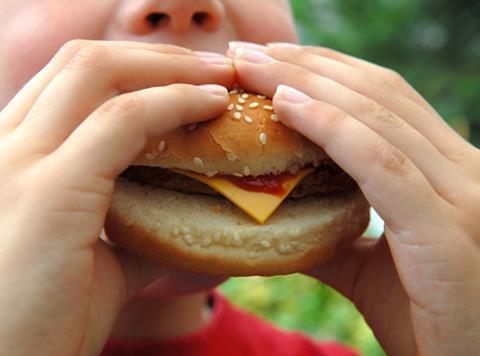
Childhood obesity rates among boys have returned to peak levels last seen more than a decade ago, sparking renewed calls from health campaigners for a clampdown on so-called junk food.
According to the Health Survey for England, published today by the Health and Social Care Information Centre, 19% of boys aged 12-15 were classified as obese, a figure matching the peak of 2004 and up from 16% last year and 14% two years ago.
The rate for girls remained lower at 16% although this was also up from 15% in 2013 and 14% two years ago.
“We have always feared that the levelling off of childhood obesity was a blip”
Tam Fry, National Obesity Forum
The report said further data would be needed to see if the results for boys was a long-term “renewed upward trend” or due to random variations, but health campaigners said the results increased the urgency on David Cameron to tackle childhood obesity in his strategy due out in the new year.
The report said the prevalence of obesity had increased since 1995, when 11% of boys and 12% of girls aged two to 15 years old were obese.
The following 10 years saw a steady increase with obesity peaking at 19% among boys in 2004 and girls in 2005.
The report said that despite longer-term “stabilisation”, childhood obesity levels remained high and the figures “will not be sufficient to meet the government’s goal of a sustained downward trend in the level of children with excess weight by 2020”.
“We have always feared that the levelling off of childhood obesity was a blip,” said the National Obesity Forum’s Tam Fry. “I believe we are witnessing a rise that will make the government’s target impossible. That target is now looking completely off the map whereas we would have hoped that things would be getting better.”
Fry claimed the figures showed a need for measures to tackle unhealthy eating, especially among boys.
“I think in general girls are being influenced by peer pressure, which does not necessarily mean it’s a healthy diet and leads to its own problems, whereas for boys there is a proliferation of junk food,” he argued.
“They are absolutely locked into a culture of energy drinks and sports drinks because they are seen to be cool but these products are loaded with sugar, I think these figures show that the government has to do something, and at some stage there will have to be a showdown between the government and the food and drink industry.”
The report also warned children classified as obese suffered from “immediate and long-term physical and mental health risks”.
Overall, 17% of children were obese, and an additional 14% of children were overweight, it said, although in keeping with previous findings the results were skewed towards the poorest families.
The proportion of children classified as overweight including obese was “inversely related to household income” in both girls and boys, with higher income families seeing lower proportions of children who were overweight or obese. Rates of adults classified as obese and overweight were similar in 2014 to recent years. Around a quarter of adults (24% of men and 27% of women) were obese. The prevalence of obesity generally increased with age.
“Today’s figures are a timely reminder that childhood obesity levels in this country are unacceptably high,” said Tim Rycroft, corporate affairs director at the Food & Drink Federation. ”Figures for individual years will of course fluctuate; the real challenge is to establish a downward trend over several years. As the government finalises its Childhood Obesity Strategy, the food and drink industry - which has already made great progress on working to improve health and wellbeing - stands ready and willing to do more.
“To move the needle on child (and adult) obesity, we need all key stakeholders to pursue those evidence-based interventions that can have the maximum impact in the shortest time. For food and drink companies, this will mean continuing to improve product composition (including reformulation) and offering a range of portion sizes, with continued provision of clear nutrition information. More broadly, a holistic strategy which makes healthy eating and lifestyle advice much clearer for consumers, and encourages and supports physical activity, will be important, alongside targeted support for obese people.”
Malcolm Clark, co-ordinator at the Children’s Food Campaign, said “if the Food and Drink Federation were truly serious about interventions which had the ‘maximum impact in the shortest time’, then they would not be actively lobbying against a sugary drinks tax, or against mandatory marketing and promotion restrictions which could be implemented swiftly and across the industry. The latest childhood obesity stats should shake any last vestiges of complacency from policy-makers and give the government additional conviction to be bold and brave with their obesity strategy.”




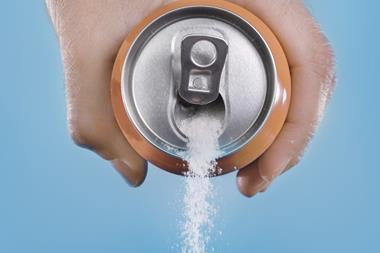
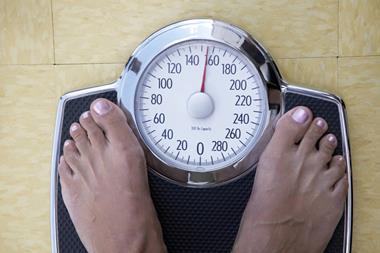


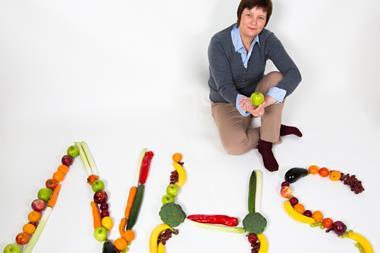

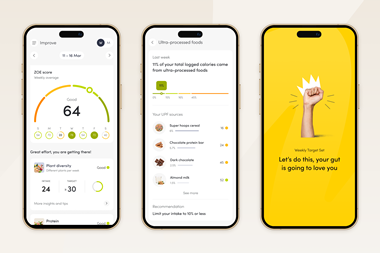




No comments yet